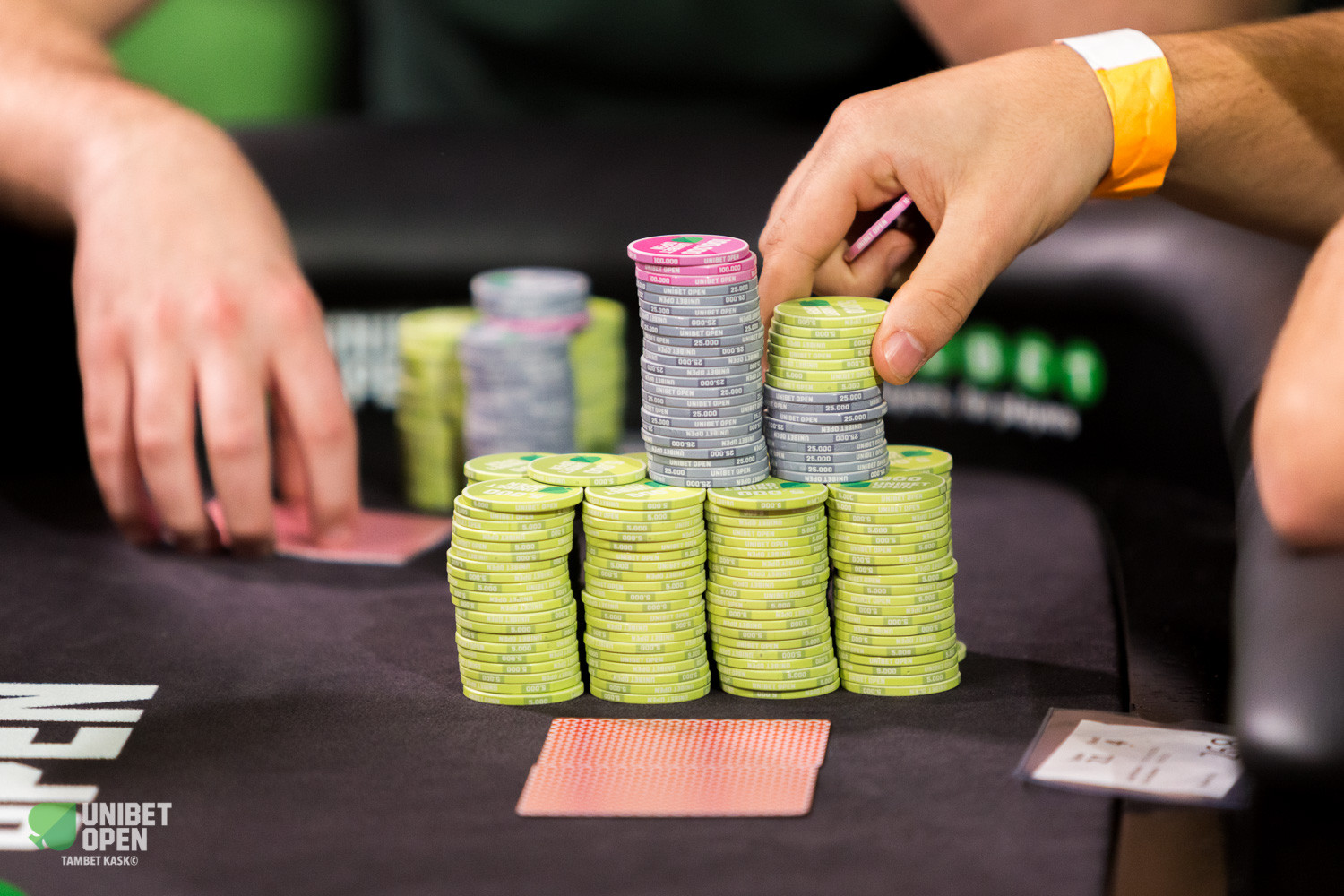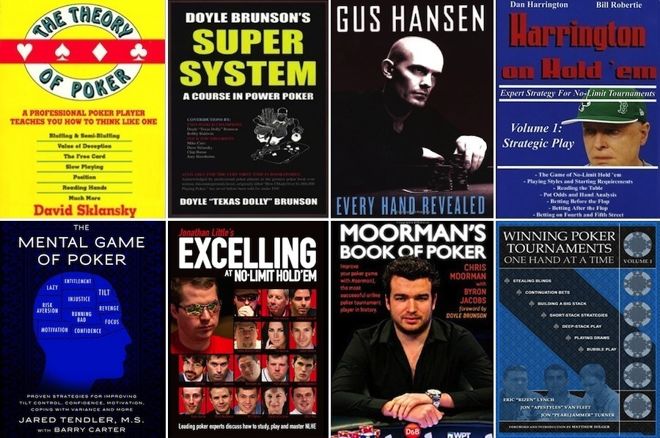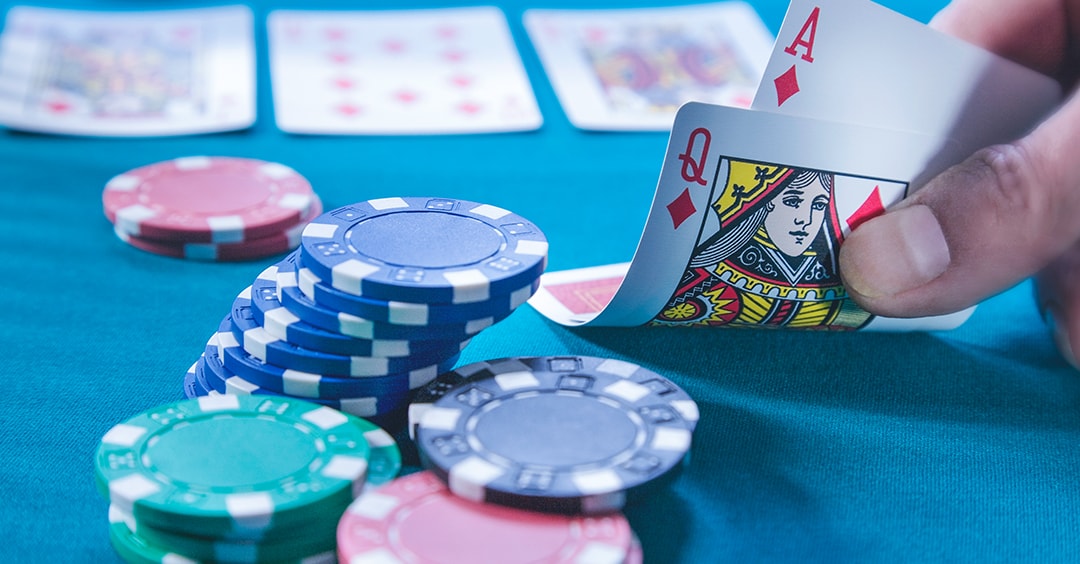Holdem Tournament Strategy
Bounty tournaments are exactly like normal poker tournaments, except each player has a bounty on his/her head. This adds an entirely new element to the tournament, because not only do you get rewarded for surviving, but you also are rewarded for ending other players' tournament lives.
Overall Adjustments. “Just tighten up,” Paur begins when addressing how to adjust from full. The tight-aggressive strategy for No-Limit Hold'em is the most profitable style of playing. It's based on three principles. MTT Tournaments 0% read. Tournament Specific Strategy If you’re playing Texas Hold’em tournaments the same way that you’re playing cash games, you’re going to have a bad time. While the game that you’re playing is exactly the same, the nuances in the formatting and the end goal of each make the strategic implications lightyears different. A lot of Texas Hold 'Em strategy is based on the cards in your hand. You must be willing to suffer through a series of poor hands (e.g. 5-8, 2-6, 4-9) without getting impatient. You must be willing to suffer through a series of poor hands (e.g. 5-8, 2-6, 4-9) without getting impatient.
When playing bounty tournaments (also called 'knockout tournaments'), players have two choices of strategy: the first choice is to play your normal poker tournament strategy and ignore the bounties, and the other choice is to adjust to the tournament and focus on knocking other players out.

Bounty Tournament Strategy
By understanding the differences between regular and bounty tournaments, you can better understand the correct strategy for knock out tournaments. First of all, the players at the bounty tables will play loose, unlike the type of play you would find at regular style tournaments. Bounty players are playing for the fun of knocking other players out more so than they are practicing good poker skills.
Players at these tables typically possess a lower degree of experience and knowledge of poker strategy in general. They place erratic all-in bets and go to showdowns with less than average hands, especially early in the tournament.
As a player in a bounty tournament, you can easily take advantage of this. For example, when you have a short stack, you can make bigger bets and get all in more often with big hands, because there is a greater chance that you'll get called. Replace value bets with over bets, because other players will take a shot to knock you out.
Texas Holdem Tournament Strategy Chart
Another difference you can expect to find is that in normal tournament play, players check down a hand often when a small-stacked player is all-in, in order to increase the chances of eliminating that player. On the other hand, in bounty tournaments, the bounty illuminates this play and betting a dry side-pot is more typical. If you're a short stack, avoid all-in bluffs and make sure to get all-in with a solid hand, because it is likely your opponents won't have much and may be bluffing at the side pot.
Ready to Play Bounty Tournaments? Visit FullTiltPoker.com
When small stack players enter the action or the blinds, there will suddenly be many players going after that bounty, which will result in a series of calls or raises by players who do not have the best hands. If you can isolate the small stack or catch a medium stack isolating with a bad hand, you can make a profitable play. Also, don't be this small stacked player - they will undoubtedly be after you next!
You'll also have to play aggressively enough to stay above the majority of chip stacks around the table. When big hands come up, keeping above the chip average will increase your chance of cashing in on a bounty, rather than losing it to another player who has just a few more chips than you.
Like all tournaments, when playing a bounty tournament, your sights should be set on making it to the final table. Knockout tournaments are structured so that 80% of all players' fees go into the standard prize pool. Therefore, the big money is at the final table and reaching this point should be your primary focus.
More Specific Poker Tournament Strategy:
Turbo Tournament Strategy Adjustments - How To Profit In Faster MTT Games!
Poker Tournament Strategy Books
by Matt
Turbo multi-table tournaments are a beast all their own. Especially if you come from a non-turbo background. Some players adjust too much, opening tons of hands at 10/20, only to realize they're busting tournaments left and right. On the other hand, you have guys like me, who sat down at his first turbo sit n go only to watch the entire game breeze by him like he was standing still.

The key is to find a sweet spot. Know when to pick up the aggression so you can build a stack and stay ahead of the blinds, and not have to resort to a push/fold strategy. We want to have a workable stack that we can use to lean on and abuse other players.
That's what I'm going to help you with now.
Key Differences Between Turbo and Non-Turbo MTTs
The first thing I want to do is point out a couple of differences between a turbo and non-turbo MTT.
- Turbo MTTs have 5 minute levels. Standard MTTs have 10-20 minute levels.
- Antes are in play a half hour into a turbo MTT. Antes are in play 1-1.5 hours into a standard MTT.
- Assuming you haven't chipped up, you'll reach a level where you have 10-15 big blinds in 30 minutes in turbo MTTs. It takes about an hour to reach that level in standard tournaments.
What you want to take away from this isn't so much that turbo MTTs are faster.
That's obvious.
What's important to understand is that mistakes in turbo MTTs compound faster. Make a mistake and you have minutes, maybe seconds before the blinds change and (effective) stack sizes and fold equity shrink. That's unlike a non-turbo tournament where you can make small mistakes and have time to correct them before the blinds go up.
So, with that in mind lets move on to some strategy.
The First Couple of Levels, Nothing is Different
Your turbo MTT strategy should be similar to your non-turbo strategy during the first couple of levels. That's to play relatively tight. The reason why is the same. You start with 100, 150 or 200 big blinds, so picking up a 30 chip pot does little to change that, much less your equity in the tournament. To put this into perspective, picking up the blinds with a 2000 stack increases your stack by 1.5%.

Whoop dee doo.
What we want to do instead is focus on building our fold equity. The image we want to project is that we're tight. We'll use our image/fold equity later on when antes kick in to (successfully) steal the blinds, or shove if we have a short stack (10-15 big blinds). So stick to the top of your range, including hands like pocket pairs, broadways, premium/suited aces, (over-limp) suited connectors, etc.
Since you'll have some downtime during this stage, what I recommend you do is check the win / loss records of everyone at your table using services such as SharkScope or the awesome PokerProLabs - and record their stats. Pay attention to who appears to be good/bad too. All of this will help you to develop ranges for later on.
Ultimately, during the early stages you don't want to overcompensate for the faster levels. You can still widen your hand range some, compared to a non-turbo MTT or even a turbo sit n go. But your primary goal should be to create a tight image so you can use that fold equity in the levels with antes.

Planet Mark's Rec: Seeking out inexperienced opponents will make an immediate difference to your results, especially when it comes to Turbo tournaments. For this reason I strongly recommend you check out the soft tournament fields over at 888 poker. This site has many more recreational / amateur players compared to pros than sites like PokerStars. New players also get up to $88 free to try out the games (in tokens / cash buy-ins, no deposit needed) . See the visibly softer Turbo tournaments at www.888poker.com now!
Turbo Poker Tournament Strategy: Antes = Aggression
The antes in a turbo tournament will kick in about a half hour into the tournament. Assuming you haven't chipped up, your stack will be around 50 big blinds.

This is the time that you want to start picking up the aggression. The pots start to actually matter at this point because of the dead money the antes create. We're not desperate though, so you should still be selective based on position, your opponent and effective stack sizes. But go ahead and start opening a wider range of hands to steal from middle to late position. I prefer to open hands that still have some equity (potential) if I'm called. For example, I'll open Ax, Kx and even Qx suited hands, anything that might have high card / showdown value and the occasional suited connector.
Once you get a few levels (with antes) in, the pots are big enough to justify 3-betting your opponents. This is a great move to make to build your stack. If called you can just c-bet the flop and often times you'll pick up a large pot. Reshoves are very effective, too. You'll want to have your ranges dialed in, though, and I don't recommend reshoving until the pots make up 20% of your stack, or more.
Speaking of reshoves, you'll want to be aware of stack sizes to your left when you open hands. Players with 15-20 big blinds are going to look for opportunities to build their stack (or stay alive), and will shove on you with a wide range of hands, especially if you're stealing the blinds frequently. To counter this you'll want to open less, opening with hands you can call off with. But don't keep opening/folding -- that will chip away at your stack quickly.
If you're on the short side yourself (around 10-18 big blinds), don't sit on your hands. Find a good spot and shove. Waiting around does you absolutely no good. The smaller your stack the less fold equity you have. The increasing (turbo) blinds are bad enough as is. Don't make it harder for yourself.
The last thing I wanted to point out is to always check the blind levels to see when they're going up next. Sometimes you'll want to make a wider shove because the blinds are going up in 30 seconds and/or they're going up and you're going through the blinds next hand. So you'll want to shove wide to maintain your fold equity for when the blinds increase.
Late Stages - Before the Final Table (Bubble)
During the late stages your strategy is going to depend on several things. Things like your (effective) stack sizes, your position in relation to certain opponents and your stack size in relation to the other stacks. You need to pay attention to all of this. It's going to affect your opening/stealing strategy, as well as who you can lean on.
Overall, my strategy going into the later stages is the same. Reshove, steal and selectively play pots to build my stack. One thing to add to this list is isolating short stacks. That's another good way to build your stack. However, it's important to have stats/reads on these players so your ranges are close. Isolating short stacks with incorrect reads will do just as much harm as good.
Our goal at this point is to build our stack so we can lean on medium sized stacks during tense situations of the tournament, such as the money and/or final table bubble. We also don't want to get to the final table and be short and desperate. Not if we can help it, at least.
And that's my strategy for turbo MTTs. In a lot of ways it's the same as my turbo sit n go strategy, other than being a little wider/aggressive in spots. But you still want to start off tight to build fold equity, explode during the ante levels to build a stack and consistently add to your stack so you can exploit players later on. If you follow this approach closely I'm sure you'll make more than your fair share of deep runs in the turbo MTTs you play.
Check out the super soft fields in the small to mid-range buy-in Turbo tournaments at 888Poker.com right now - the easiest for turbo MTTs!
Free $88 in Tokens + 100% bonus up to $400
More Articles For Tournament Fans Aiming For That Big Score:
45 Player SNG Strategy (Great For Building Your Bankroll)